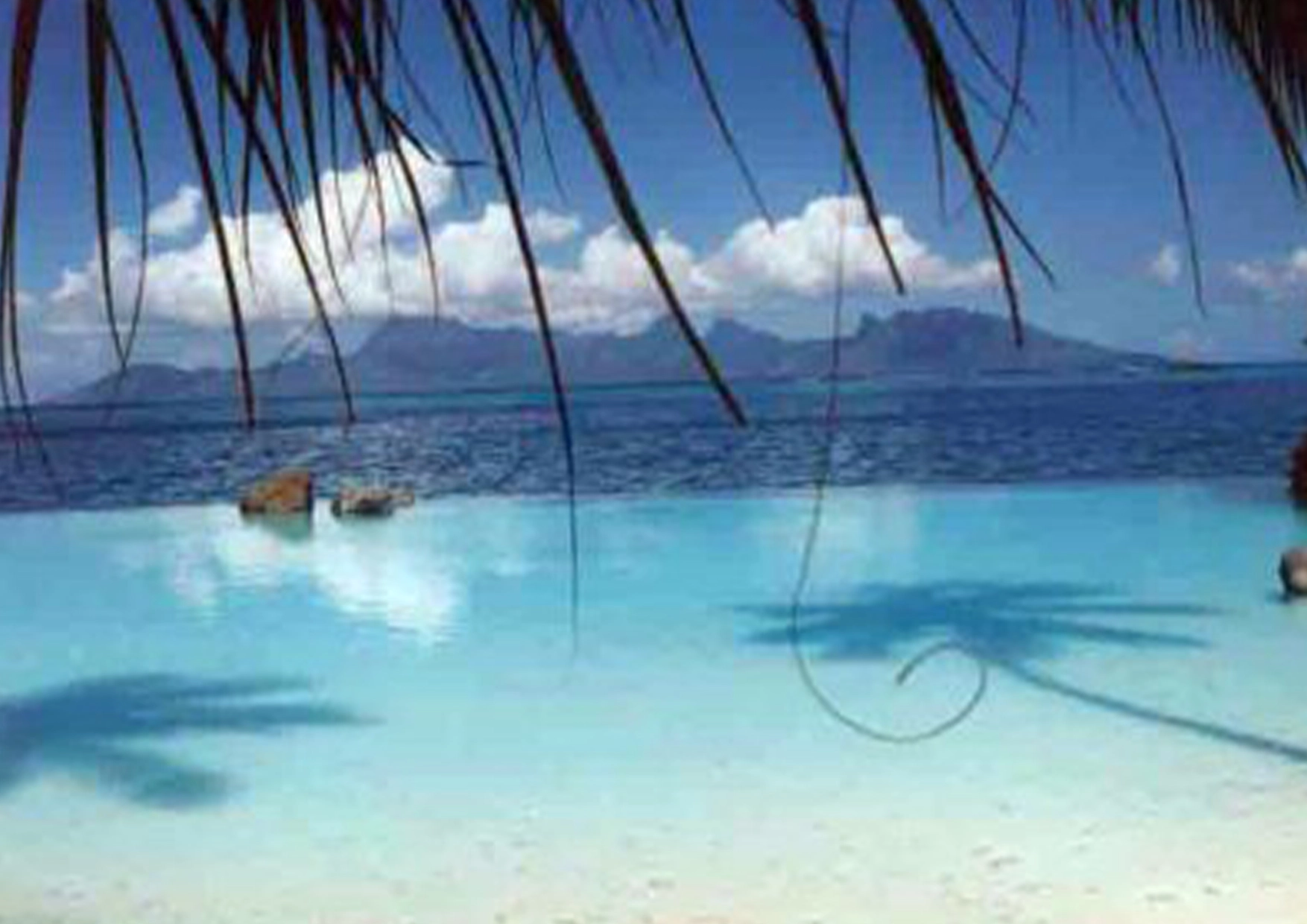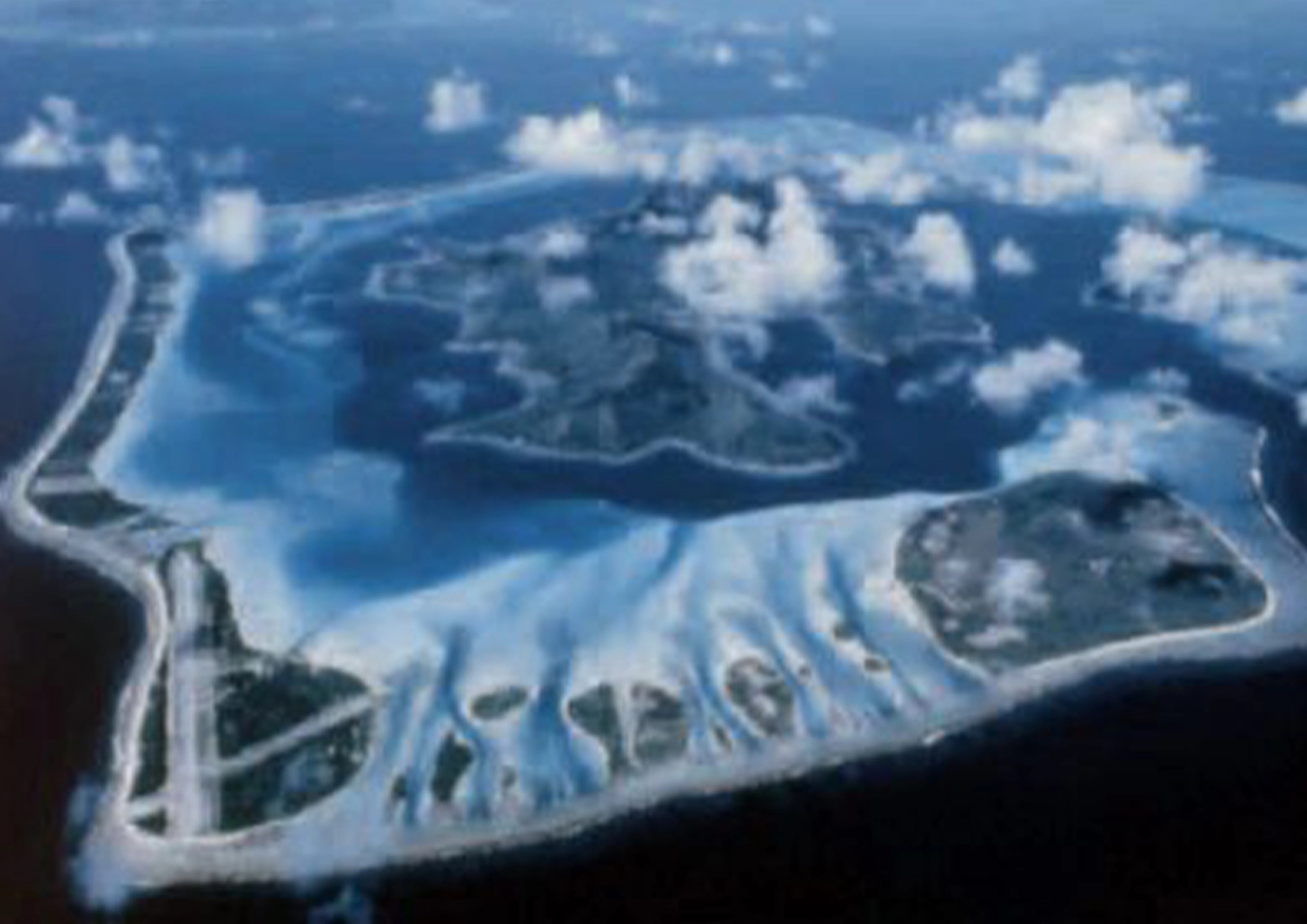Hydro-distillate - Polynesian Lagoon Water (Maris aqua)
| |
| Hydro-distillates |
| Polynesian Lagoon Water Maris aqua |
|
Lagoon water arises in the heart of the atolls of French Polynesia, a privileged environment where the coral reefs edge turquoise blue lagoons. |
Information |
| This resource, naturally rich in minerals and trace elements, is continually regenerated by the natural endo-upwelling phenomenon which takes place mainly along the coastlines facing the great oceans. Endo-upwelling occurs when the deep and rich waters of the ocean rise to the surface by thermal convection. It begins in the basalt substrata at a depth of 3,000 to 5,000 metres; the geothermal flow thus created is transformed in the coral reefs into an outflow of interstitial water very rich in nutrients. The pure marine waters rising from the depths of the ocean are overflowing with mineral salts and marine ions; they continue to be enriched as they pass through the porous limestone and reef substrates. Owing to this considerable addition of nutrient elements, pelagic life can develop and lagoon water becomes uniquely pure. The beneficial effects of seawater have been proved in a great many studies and humans have been using it since ancient times. This tradition still continues today in thalassotherapy and the Spa movement, which are gathering more and more followers… |
Manufacturing ProcessLagoon water is extracted in the heart of the lagoon, near the barrier reef, at a minimal depth of 10 metres, in order to protect its qualities, its richness, and its purity. Then, this lagoon water is immediately treated by a high pressure sterilizing tangential filtration in order to optimize its preservation. Botanical informationsNameMaris aqua Geographical areaFrench Polynesia (South Pacific)  Physical CharacteristicsAppearance , 25°CLiquid OdourOdourless ColourColourless Specific gravity, 20°C0,995 – 1,005 Kg/l Solubility in waterMiscible Solubility in oilImmiscible Solubility in ethanolMiscible Chemical CharacteristicsDry extract3.5 - 4.5% pH7.5 – 8.5 Degree of salinity35 - 37 psu Heavy metals<20 ppm Bacteriological CharacteristicsAerobic bacteria<1000 cfu/g Yeasts – Moulds<10 cfu/g Main CompositionTotal trace elementsSulphur : 1015 mg/l Magnesium : >1000 ppm Potassium : >220 ppm Sodium : >7500 ppm Calcium : >215 ppm  The lagoon waters from Tuamotu Usage InformationCare Products1 to 10% Lotions and Tonics1 to 10% Properties
Cosmetic Uses
Packaging25 kg : Jerrycan PE-HD StorageStore in a cool dry place and in unopened containers away from sunlight. |
| | Hydro-distillates Polynesian Lagoon Water Maris aqua |
|
Lagoon water arises in the heart of the atolls of French Polynesia, a privileged environment where the coral reefs edge turquoise blue lagoons. |
Information |
| This resource, naturally rich in minerals and trace elements, is continually regenerated by the natural endo-upwelling phenomenon which takes place mainly along the coastlines facing the great oceans. Endo-upwelling occurs when the deep and rich waters of the ocean rise to the surface by thermal convection. It begins in the basalt substrata at a depth of 3,000 to 5,000 metres; the geothermal flow thus created is transformed in the coral reefs into an outflow of interstitial water very rich in nutrients. The pure marine waters rising from the depths of the ocean are overflowing with mineral salts and marine ions; they continue to be enriched as they pass through the porous limestone and reef substrates. Owing to this considerable addition of nutrient elements, pelagic life can develop and lagoon water becomes uniquely pure. The beneficial effects of seawater have been proved in a great many studies and humans have been using it since ancient times. This tradition still continues today in thalassotherapy and the Spa movement, which are gathering more and more followers… |
Manufacturing ProcessLagoon water is extracted in the heart of the lagoon, near the barrier reef, at a minimal depth of 10 metres, in order to protect its qualities, its richness, and its purity. Then, this lagoon water is immediately treated by a high pressure sterilizing tangential filtration in order to optimize its preservation. Botanical informationsNameMaris aqua Geographical areaFrench Polynesia (South Pacific) |  |
Physical | |
 Main CompositionTotal trace elementsSulphur : 1015 mg/l Magnesium : >1000 ppm Potassium : >220 ppm Sodium : >7500 ppm Calcium : >215 ppm | |
The lagoon waters from Tuamotu | |
Usage InformationCare Products1 to 10% Lotions and Tonics1 to 10% Properties
Cosmetic Uses
Packaging25 kg : Jerrycan PE-HD StorageStore in a cool dry place and in unopened containers away from sunlight. |


